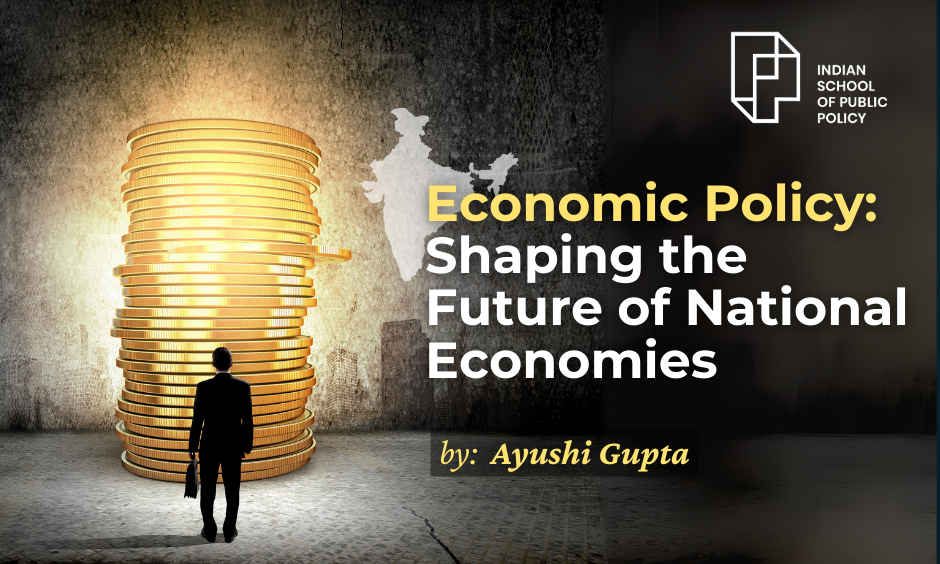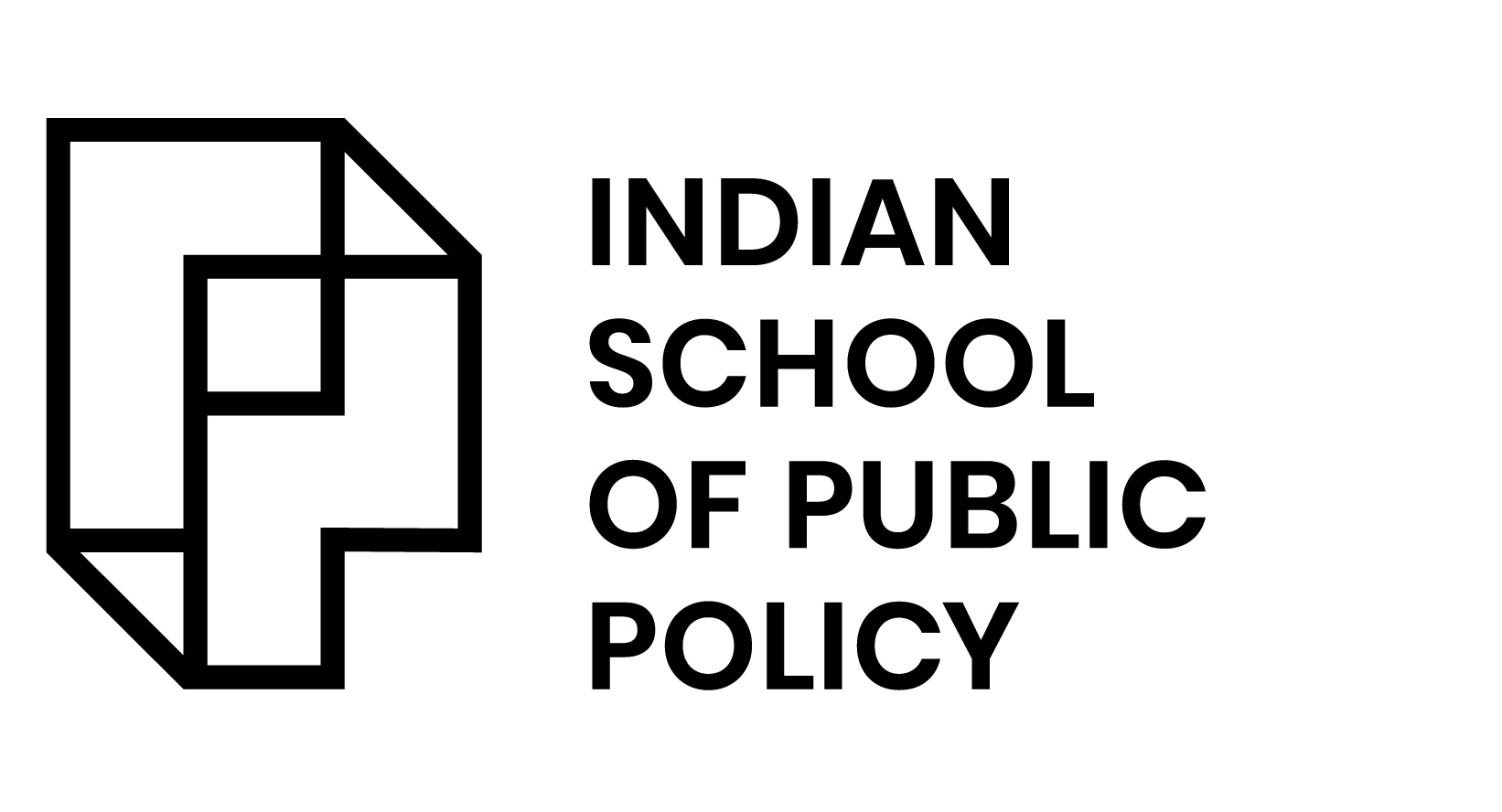
Economic Policy: Shaping the Future of National Economies

Economic policy is a fundamental tool that governments wield to steer their nations toward growth, stability, and prosperity. Through fiscal, monetary, and structural policies, governments influence the direction of economic activity, seeking to balance objectives like full employment, low inflation, and sustainable growth. As we navigate the complexities of the 21st century, understanding how economic policy shapes the future of national economies is crucial.
The Role of Fiscal Policy
Fiscal policy involves government spending and taxation. By adjusting these levers, governments can either stimulate an economy or rein it in. For instance, during economic downturns, governments often engage in expansionary fiscal policy by increasing spending or cutting taxes to boost aggregate demand. Conversely, during periods of rapid growth that risk overheating, contractionary fiscal policy—reducing spending or increasing taxes—can help cool the economy.
The success of fiscal policy hinges on timing and execution. The 2008 financial crisis is a prime example. Governments worldwide, particularly the United States, implemented significant fiscal stimulus packages to counteract the recession. These measures, while controversial, were instrumental in stabilising the global economy (Piketty, 2014).
However, fiscal policy is not without its challenges. High levels of public debt can constrain a government’s ability to implement effective fiscal policies. Countries like Greece have faced severe austerity measures to manage debt levels, highlighting the delicate balance required in fiscal policy (Lopez & Schmidt-Hebbel, 2019).
Monetary Policy and Economic Stability
Monetary policy, managed by central banks, involves controlling the money supply and interest rates. Its primary goals are managing inflation, controlling unemployment, and stabilising the currency. Central banks, such as the Federal Reserve in the United States or the European Central Bank, adjust interest rates to influence economic activity. Lower interest rates can stimulate borrowing and investment, while higher rates can help control inflation.
The effectiveness of monetary policy was evident during the COVID-19 pandemic. Central banks around the world slashed interest rates and implemented unconventional measures like quantitative easing to support their economies. These actions were crucial in preventing deeper recessions and supporting recovery efforts (IMF, 2020).
Yet, monetary policy also has its limits. Traditional tools become less effective in a low-interest-rate environment, a situation known as the liquidity trap. This challenge underscores the importance of coordinated fiscal and monetary policies to achieve economic stability (Galí, 2015).
Structural Policies for Long-Term Growth
While fiscal and monetary policies address short-term economic fluctuations, structural policies are designed for long-term economic health. These policies encompass reforms in labour markets, education, healthcare, and infrastructure, aiming to enhance productivity and economic resilience.
For example, investments in education and training can improve workforce skills, driving innovation and growth. Similarly, infrastructure projects, such as building roads and improving digital connectivity, can boost economic activity by enhancing efficiency and productivity (World Bank, 2021).
Structural reforms are essential in addressing persistent economic issues like inequality. Policies that promote equal access to education and healthcare can level the playing field, fostering inclusive growth. The work of Banerjee and Duflo (2019) highlights how targeted interventions in health and education can lift communities out of poverty, demonstrating the profound impact of well-crafted structural policies.
The Interplay of Global Economic Policies
In an interconnected world, national economic policies do not operate in isolation. Globalisation means that economic decisions in one country can have far-reaching effects. The 2008 financial crisis, which began in the US housing market, quickly spread worldwide, necessitating coordinated international policy responses (Rodrik, 2015).
International organisations like the IMF, World Bank, and OECD play a crucial role in facilitating this coordination. They provide a platform for policy dialogue, technical assistance, and financial support, helping countries navigate complex economic challenges (IMF, 2020).
Moreover, global economic policies must address transnational issues like climate change. Economic policies that promote sustainable development are increasingly critical. Investments in green technologies and policies that incentivise carbon reduction are essential for ensuring long-term economic and environmental sustainability (OECD, 2021).
Conclusion
Economic policy is a powerful tool for shaping the future of national economies. Governments can foster economic stability, growth, and inclusivity through careful and strategic use of fiscal, monetary, and structural policies. However, the complexities of the modern global economy require these policies to be adaptable and responsive to domestic and international challenges.
As we look to the future, the need for innovative and coordinated economic policies has never been greater. By learning from past successes and failures, and by embracing a holistic and inclusive approach, we can ensure that economic policy continues to be a force for positive change in the world.
Register your Interest to Study at ISPP
Reference:
– Banerjee, A. V., & Duflo, E. (2019). *Good Economics for Hard Times*. PublicAffairs.
– Galí, J. (2015). *Monetary Policy, Inflation, and the Business Cycle: An Introduction to the New Keynesian Framework*. Princeton University Press.
– IMF. (2020). *World Economic Outlook*. International Monetary Fund.
– Lopez, C., & Schmidt-Hebbel, K. (2019). *Fiscal Policy and Economic Growth: Lessons for Eastern Europe and Central Asia*. World Bank.
– OECD. (2021). *OECD Economic Outlook*. Organisation for Economic Co-operation and Development.
– Piketty, T. (2014). *Capital in the Twenty-First Century*. Harvard University Press.
– Rodrik, D. (2015). *Economics Rules: The Rights and Wrongs of the Dismal Science*. W.W. Norton & Company.
– World Bank. (2021). *Global Economic Prospects*. World Bank.
For an in-depth look at how these principles are being applied in a specific national context, read our LinkedIn article: “Unveiling India’s Economic Policies: Successes, Challenges, and the Road Ahead“.

Ayushi Gupta
A seasoned policy researcher with a strong foundation in economics, has a proven track record of delivering impactful research and project management. Her diverse experiences, ranging from policy analysis to event management, have equipped her with a unique perspective and a broad skill set.
Previously, Ayushi’s research contributions have included exploring marine fish supplies and food security in India for the Azim Premji Foundation and investigating business training for entrepreneurs at the Idea to Start-up Lab, Indian School of Business. Her passion for innovative problem-solving has led her to engage in various projects across different sectors.
She is actively seeking opportunities to apply her economic research and project management skills to impactful projects. She welcomes collaborations, insights, and engaging discussions with professionals in the field.
https://www.linkedin.com/in/ayushi-gupta-1570b414b/


